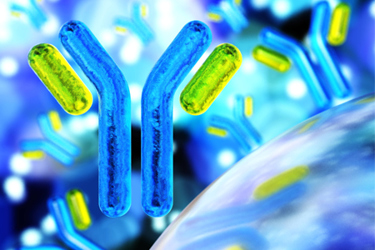Optimizing Kinetics Assays To Avoid Avidity Effects
By Tim Heiseler, PhD, Michael Metterlein, Gail Calvert, Philip Buckle, Stuart Knowling, PhD, Bob Dass, PhD, and Lisette Bronswijk-Deddens, PhD

A fundamental understanding of the differences between affinity and avidity is essential when designing and developing assays. This application note discusses the phenomena of affinity and avidity as measured on the Octet® Bio-Layer Interferometry (BLI) platform and how to recognize and resolve issues arising from interactions that contain a bivalent or multivalent component.
Assay design plays a critical role in the ability to determine the correct binding kinetics and affinity values and therefore, key parameters including assay orientation, valency (mono- or multivalent), ligand surface density and non-specific binding (NSB) are discussed. A robust assay design helps to limit assay artifacts and promotes the determination of the desired binding kinetics and affinity. Affinity and avidity are closely related parameters, which when considered early in assay design can ensure the user can generate the desired assay parameters between the interacting molecules.
Get unlimited access to:
Enter your credentials below to log in. Not yet a member of Bioprocess Online? Subscribe today.
